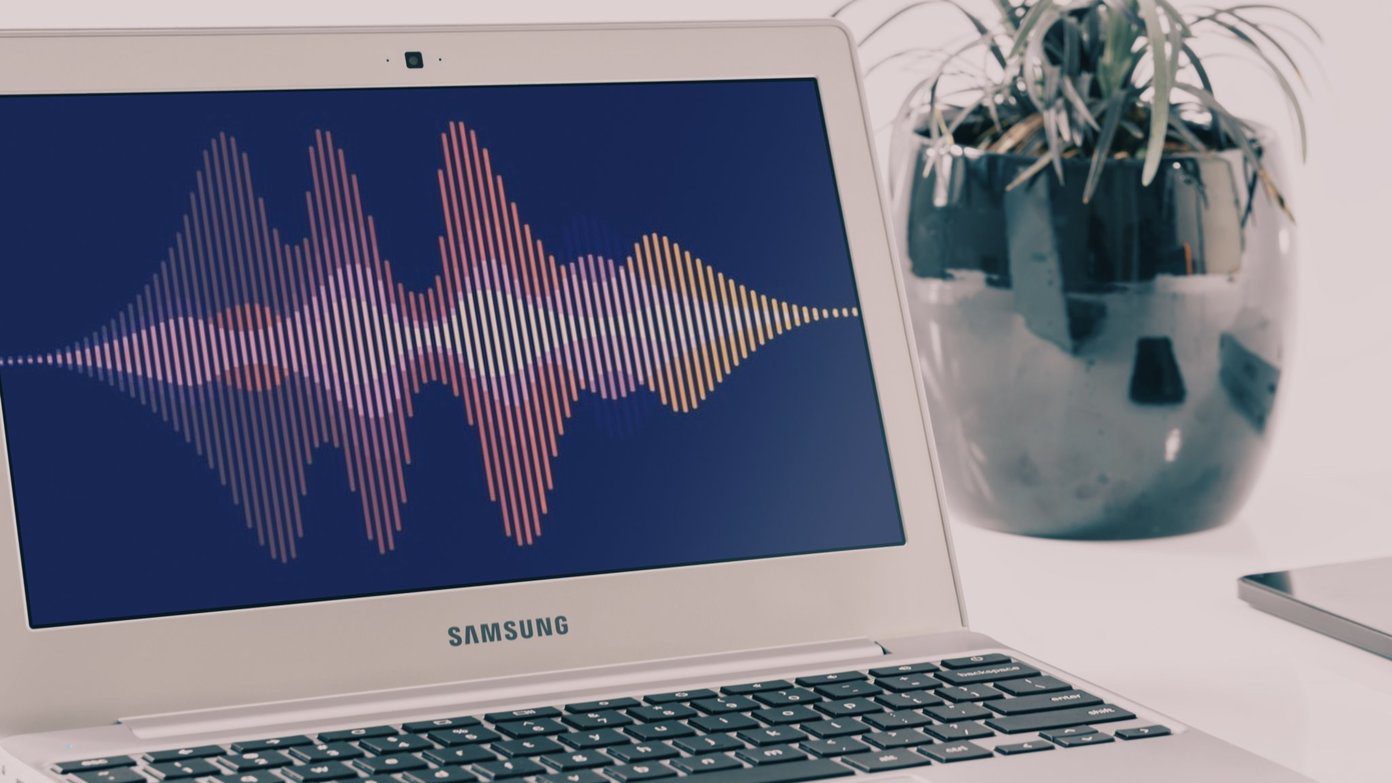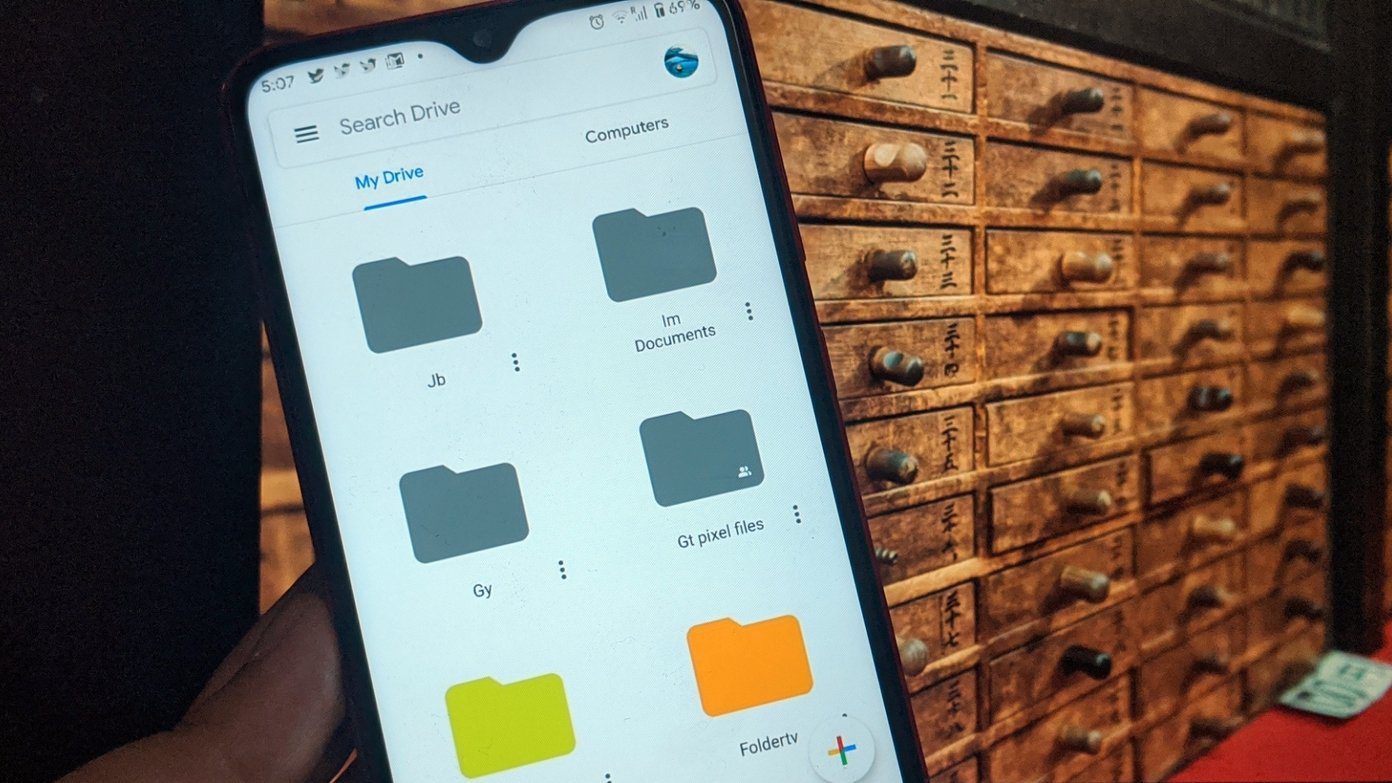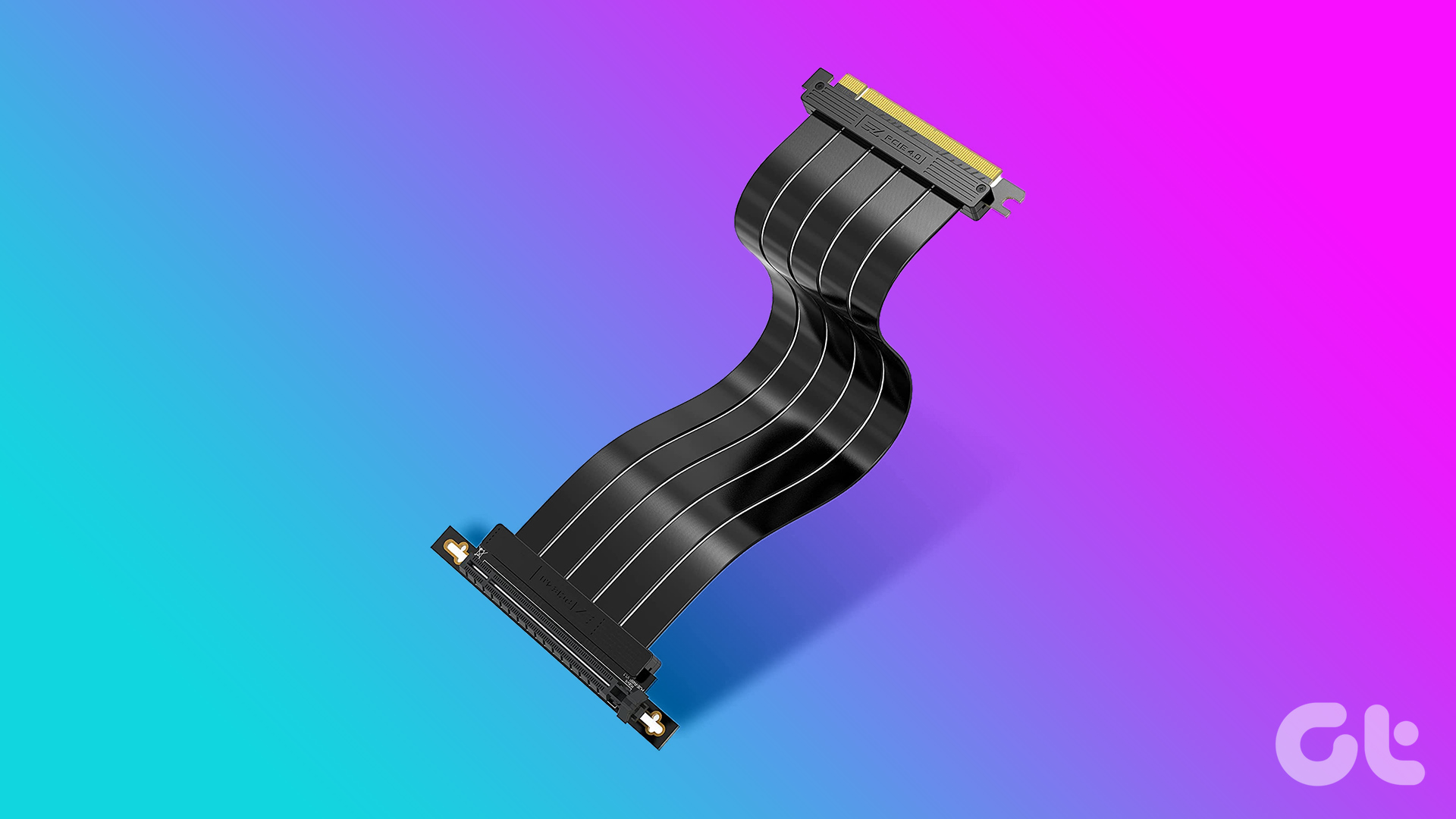Samsung, with its Exynos chipsets, is one of the closest competitors of Qualcomm. One of Samsung’s newest processors to hit the market is Exynos 7904. This mid-range octa-core processor claims to handle mobile processing and gaming seamlessly. It is natural to compare the Exynos 7904 with the Snapdragon 660 to check which chipset ensures reliable performance and better experience. But how different is the reality from expectation? Does the on-paper spec sheet match up to real-world expectation? Well, let’s take a quick look at their specs first and then find out more about them in the detailed comparison below.
Performance
Both the Snapdragon 660 and the Exynos 7904 are fabricated using Samsung’s 14nm LPP FinFET process node. For the uninitiated, a smaller process node is the key to achieve power efficiency with the performance boost. Many manufacturers are now opting for smaller process nodes for their flagships such as the Apple A12 Bionic (7nm) and Exynos 9820 (10nm). So 14nm node isn’t exactly new and focuses on the affordable segment of devices. When it comes to the CPU configuration, Qualcomm ships Snapdragon 660 with eight Kryo 260 processing cores divided into performance and an efficiency cluster. The Snapdragon 660 comprises of four semi-custom Cortex-A73 ‘performance’ cores clocked at 2.2 GHz, and four semi-custom Cortex-A53 ‘efficiency’ cores clocked at 1.7 GHz. The switch from traditional Cortex microarchitecture gives the chipset an edge when it comes to speed and power efficiency. Not to mention a lower latency rate. On the GPU end, the Snapdragon 660 houses the mid-range Adreno 512 GPU. It is designed to render graphics efficiently and support graphics APIs such as Vulkan 1.0 and OpenGL ES. On the contrary, the Exynos 7904 is based on the traditional Cortex architecture and follows a 2+6 cores configuration. That means, the chipset carries two Cortex-A73 performance cores clocked at 1.8 GHz and six Cortex-A53 efficiency cores clocked at 1.6 GHz. The Exynos 7904 houses a 16nm node-based Mali-G71 MP2 GPU clocked at 770MHz. Even this GPU supports OpenGL ES and Vulkan 1.0 API. Since Adreno 512 is a 14nm GPU running at an 850MHz clock speed, it enjoys an edge over Mali-G72. So, the Kryo cores and Adreno 512 provide the necessary headstart to the Snapdragon 660. Well, we did a quick face-off with the Snapdragon 660-powered Xiaomi Mi A2 (4GB) and the Exynos 7904-powered Samsung Galaxy M20 (4GB), and the results are for you to see. Benchmarks portray the potential of the chipsets with numbers. They’re the best way to get an idea about a processor’s strength and weakness. However, the real-world performance of a phone housing the said chips depends on a variety of factors. So always take them with a grain of salt. You shouldn’t consider these numbers as the final scores for they may vary from device to device across phone makers.
Camera: How Well It Measures Up
The Exynos 7904 takes up its single-camera game a bit higher. It can support up to 32-megapixel single-lens setup or a duo of 16-megapixel lenses. Samsung claims that it can even handle a triple camera gig. The Snapdragon 660 is capable of supporting single lenses up to 25-megapixel and dual camera modules up to 16-megapixel. On top of it, it also bundles Qualcomm Spectra 160 ISP and Qualcomm Clear Sight to capture better and clear pictures, less noise, and faster autofocus along with accurate color reproduction. When it comes to triple-camera imaging, Snapdragon 660 doesn’t support it. Following are some pictures that we captured using the Xiaomi Mi A2. Let’s not forget that the picture quality also depends on the phone’s hardware and how manufacturers tweak it along with the software.
Charging Technique
The Qualcomm Snapdragon 660 bundles Quick Charge 4.0 charging standard which promises a faster charge time and higher battery efficiency. It can easily buy you a couple of hours worth of battery juice even when you hook up the charger for a few minutes. Qualcomm claims that this charging technique can get you five or more hours of battery life by merely charging it for five minutes. Samsung has also buckled up its game by promising a faster charging time but remains tight-lipped about the details.
Artificial Intelligence
Being one of the most powerful processors in Qualcomm’s 600-series, the Snapdragon 660 packs a few unique features, and Artificial Intelligence (AI) is one of them. The processor supports Qualcomm’s Neural Processing Engine (NPE) SDK which works with other AI frameworks like Caffe/Caffe2 and Google’s TensorFlow. That gives the processor a boost when it comes to scene recognition, phrase identification, word matches, and others features. Sadly, Samsung hasn’t divulged more details on the AI-related implementations in Exynos 7904.
The Better Chip
Though the Qualcomm Snapdragon 660 and Exynos 7904 are both mid-range processors, the 660 is the better chip when it comes to the performance. The advanced custom Kryo cores and the Adreno 512 GPU gives Snapdragon 660 an edge with the Qualcomm Quick Charge 4.0 fast charging support. The Samsung Exynos 7904 with a slightly underclocked CPU might not give you the best performance, at least on paper. Hopefully, Samsung Exynos 7904 will deliver better and smoother real-world experience. Next up: Intrigued about how the Helio P70 fares against the Snapdragon 660? Read the comparison below to find out more. The above article may contain affiliate links which help support Guiding Tech. However, it does not affect our editorial integrity. The content remains unbiased and authentic.





















